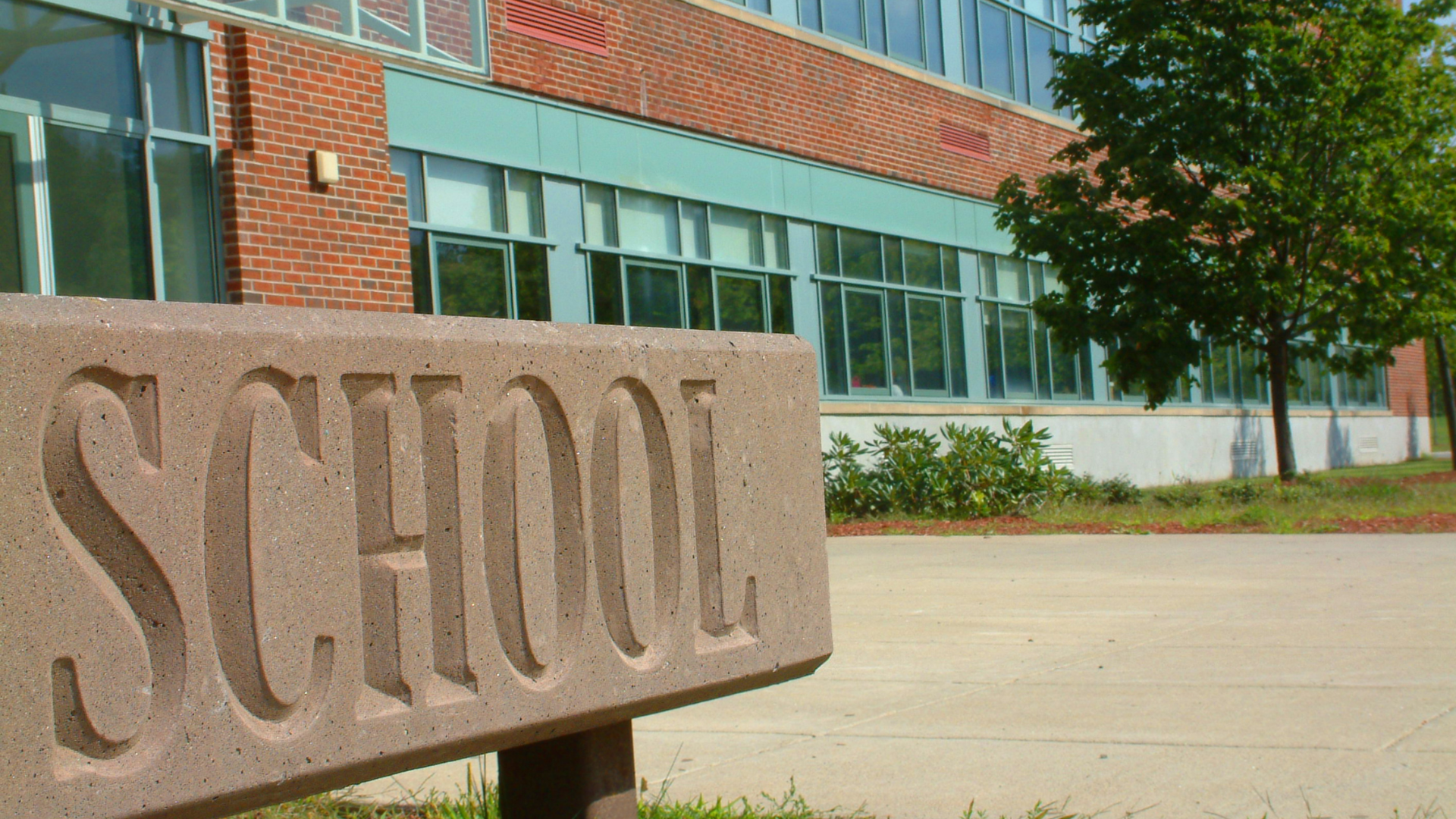School Estate Management Excellence: Insights from an Expert Interview with Jo Marchant
.png?width=1200&height=400&name=E22SAAS%20-%20CTA%20(5).png)
We were thrilled to welcome Jo Marchant, Estates Professional at the Boxing Academy to the Schools & Academies Show Birmingham, as she took centre stage to share her expertise. Jo has over 20 years of estates management experience, working in the education sector for 14 years, where she is responsible for managing estates and new build products.
Ahead of her session at the Estates & Sustainability Theatre, Jo delved into the importance of collaboration in estate management, shared best practice advice to ensure your school's estate aligns with its educational goals and explored future innovations across the school estate management landscape.
What strategies or best practices do you follow to ensure that the school’s estate aligns with its educational goals and long-term vision?Firstly, it’s important to ensure that the school’s educational goals and long term vision are clearly articulated and in the forefront of everyone’s mind. In one trust I worked for, our mission was formulated into 4 key questions and answers. The questions were:
- Why do we exist?
- How do we behave?
- What do we do?
- How will we succeed?
Your estates strategy document should start with your educational goals, and then your long-term vision, examples of which are as follows:
- Our school will have the highest quality professional environment for staff – ie standardised and quality equipment in each classroom, office space allocated to teachers from the same department so that collaboration and best practice sharing occurs naturally through conversation.
- Every school has the premises and facilities required to enable an excellent learning experience for students in every subject – ie identify what premises and facilities your curriculum requires to deliver that excellent learning experience, such as more or better quality science labs?
Once you’ve established what you need, identify how you will benchmark when you’ve achieved it i.e. what does success look like? Then carry out a gap analysis. What does your estate and premises look like now, what do they need to be, and how are you going to get from A to B. That’s your estate strategy aligned to your educational goals and long-term vision.
Collaboration with other stakeholders, such as school staff, parents, and local authorities, is crucial in estate management. How do you foster effective communication and collaboration in this regard?
Communication and collaboration with stakeholders starts before you’ve formulated your estate strategy. The best feedback you will receive on how your estate and facilities are performing is from those who are using it day in, day out – your students and staff. So, get their feedback via focus groups, learning walks and questionnaires. Ask students what changes they would make to the environment to facilitate their learning.
Having established your estate strategy, communicate the relevant parts of it to your stakeholders so that they can see that you’ve listened to their feedback, and have encapsulated that in what you’re trying to achieve.
Keeping parents updated via regular newsletters is important, particularly as many parents may not have much direct contact with the school. Always ensure that your newsletter includes a regular update on what going’s on with your school estate to improve students’ learning. The newsletters on your website are also a source of information for prospective staff and students.
If you’re looking to make significant structural changes to your estate, enter into dialogue early with your local authority. Ensure that your plans fit into the local context in terms of demographic changes and what other schools are doing.
How do you ensure that the school’s physical infrastructure is well-maintained, safe, and conducive to effective teaching and learning?
Well maintained and safe schools start with systems, and systems need data. Collect data about your school’s physical infrastructure. A building condition survey is a good place to start because this will describe the condition of external elements, such as roofs and windows, as well as internal elements such as ceilings and walls, and also mechanical and electrical elements, such as the state of your heating system. The building condition survey will rate each element as good, satisfactory, poor or bad, and also prioritise it into works that are urgent, essential, desirable or to be achieved in the longer term.
Once you’ve collated all this data, then you have your starting point to develop your system to maintain your school’s physical infrastructure. Ideally, this should be a computer-aided facilities management (CAF-M) system as this allows you to capture all your data in one place, and keep it updated as tasks are carried out. It also allows senior leaders the opportunity to review progress against targets. Once you’ve inputted the data from all your physical assets into your CAF-M system, it should automatically generate a list of regular checks and tasks that need to be carried out. As each of the tasks are completed, the system should be updated so that you can see at any given time what tasks are outstanding.
Ensuring that the school’s physical infrastructure is conducive to teaching and learning comes back to your estate strategy where you will have detailed what your estate vision is aligned to your educational goals.
Looking ahead, what trends or innovations do you foresee in school estate management that may impact your role and responsibilities?
School estate management has typically been a low-tech operation, particularly in small schools, but the most efficient way of managing your premises is by having a computer-aided facilities management system. To make the most efficient use of such a system, premises staff should have an iPhone or iPad on which they can record issues that need addressing instantly as they’re walking around the site. If the issue requires a contractor to attend, having a photo to send to them initially is also very helpful.
Another trend is the need for increased investment in our country’s aging school estate, and the upskilling of premises staff to be able to recognise more serious structural issues. For example, how many of us knew what RAAC what 12 months ago and the potentially devastating impact of it? Similarly, the management of asbestos. So there needs to be more information available on other structural issues that require monitoring and action.
As with school business leadership, experienced school premises staff are an aging population. We need to be encouraging school leavers to consider premises management in schools as a career option. Which means that careers teachers need to have relevant resources, such as my book, The School Premises Handbook, in order to understand the role and inform students that this option exists. The launch of the DfE’s Estate Management Competency Framework in June this year is also an important building block in career development for premises staff.
Because each school is unique in terms of its buildings and context, the most important asset that your premises staff have is their knowledge of the building. Consequently, a “grow your own” approach via the apprenticeship route should be implemented by schools in the same way that teaching assistants can be encourage and supported to become teachers.
With regard to innovation, those responsible for managing the school estate need to be thinking more holistically when it comes to major refurbishment works. For example, if you’re replacing a roof, ensure that you consider the installation of solar panels at the same time. This will include the consideration of the return on investment, the amount of electricity that the panels will generate, and the amount of electricity required by the school.
How premises staff are organised may change in the future with multi-academy trusts establishing geographical hub centres with staff specialising in specific trades, such as electricians, plumbers and carpenters, who will be deployed to schools when required, thus saving money on contractors to carry out every day tasks in these disciplines.


.png)

